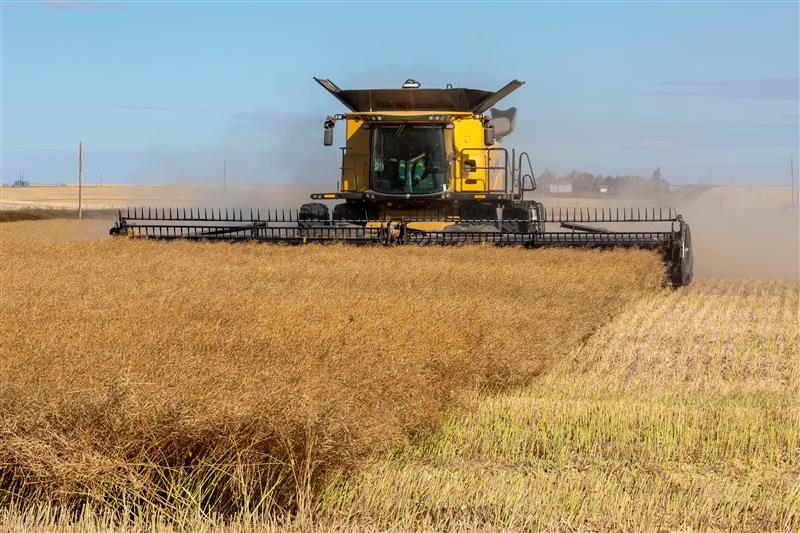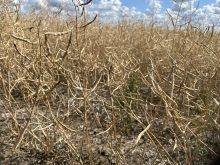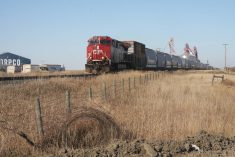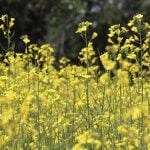Gold panning
It was just 100 years ago that swarms of star-struck young men hit the Klondike Trail, “the Trail of ’98”, seeking the shovelsful of gold that reputedly could be found in the Yukon.
Those who did find a fortune were far fewer than those who went home sadder and wiser. When the temperature drops to 50 below and your only shelter is a tent, you can become saddened and wised up in short order.
Most of these gold-seekers had little or no experience in mining and didn’t realize developing a claim is hard, frustrating work.
Read Also

Rural emergency room closures continue to be vexing problem
Staffing issues are at the root of disruptions and closures in hospital emergency departments, both in rural and urban Canadian locations.
I was with a group of journalists one time who were taken to a mountain stream in Idaho, given gold pans and told how to recover gold dust. We were assured there was gold to be had there if we were diligent.
We dipped out sand, gravel and water from the stream bed and sloshed it around.
The theory was that gold, being heavier, would sink to the bottom and we’d be able to skim off the sand and gravel and uncover the bonanza underneath.
We sloshed and skimmed until our backs ached.
“See there,” said our guide excitedly, “there’s a bit of gold.”
I squinted at it and, sure enough, there was a tiny yellow fleck.
When the sloshing was done I had four or five of them, not quite enough to manufacture two pin heads.
After straightening my aching back I asked the guide how much money he made in a day when he panned on weekends.
“Oh, three or four dollars.”
Since that was when gold was $35 an ounce, we newspaper types decided gold panning wouldn’t head our list of things to do on a weekend.















